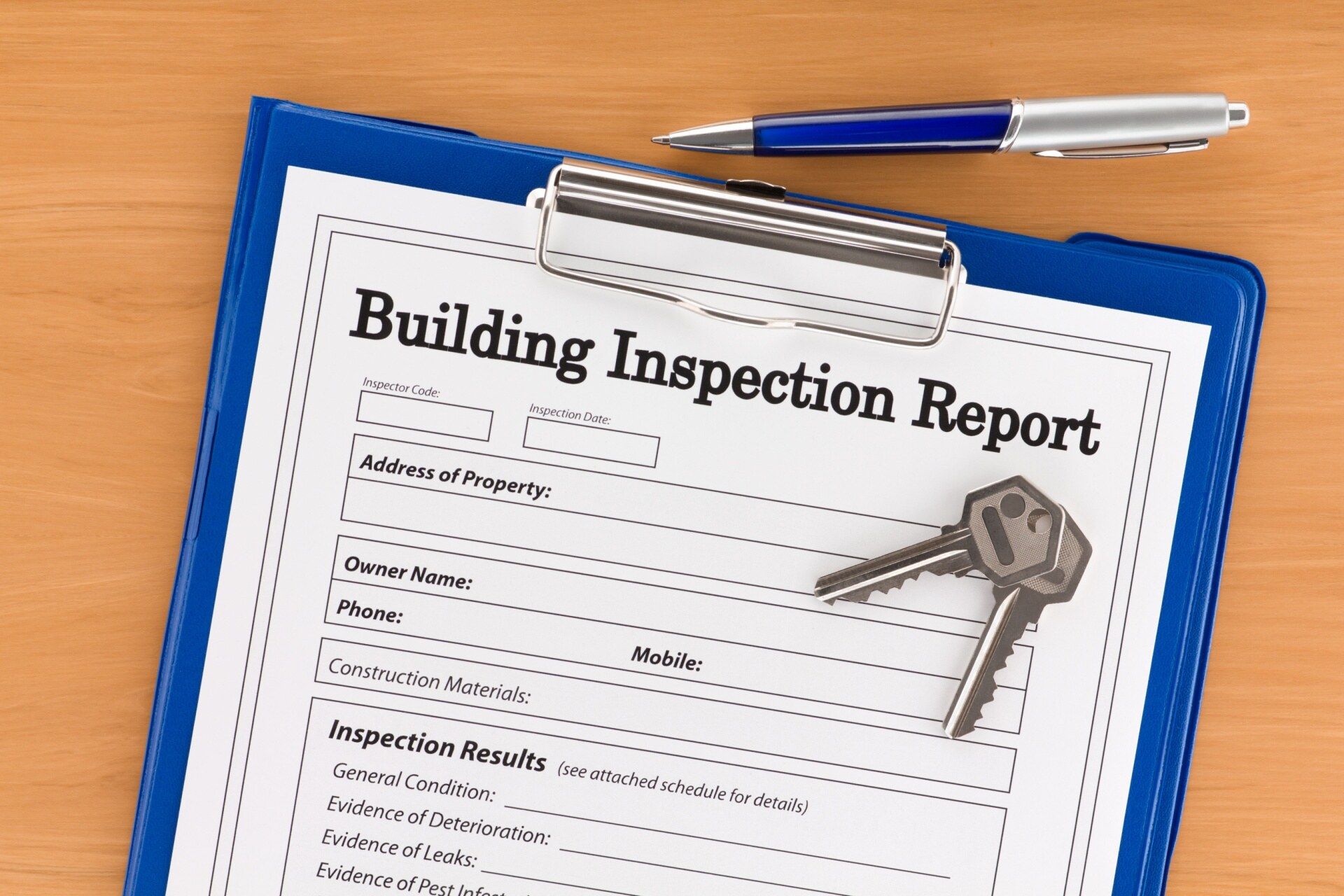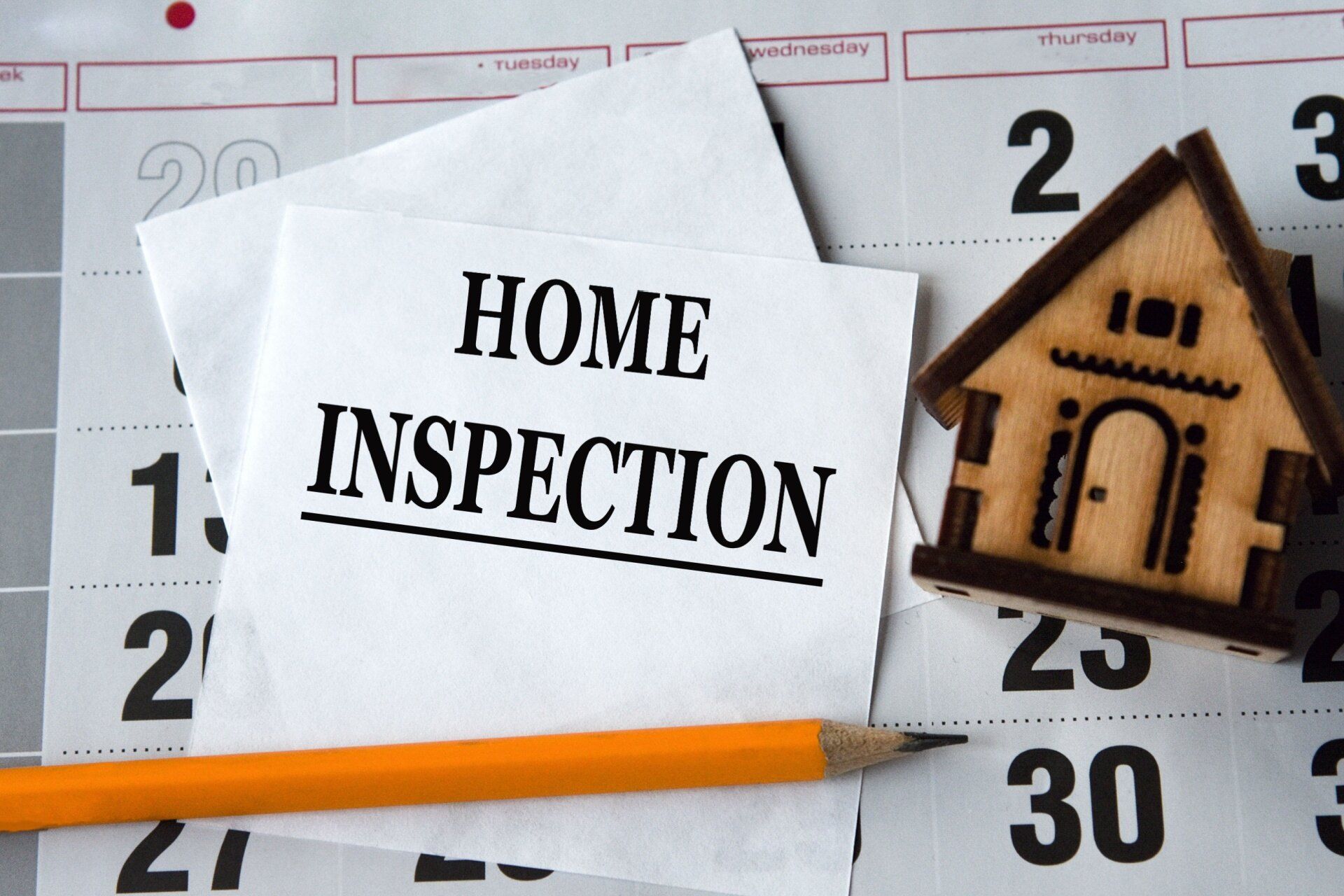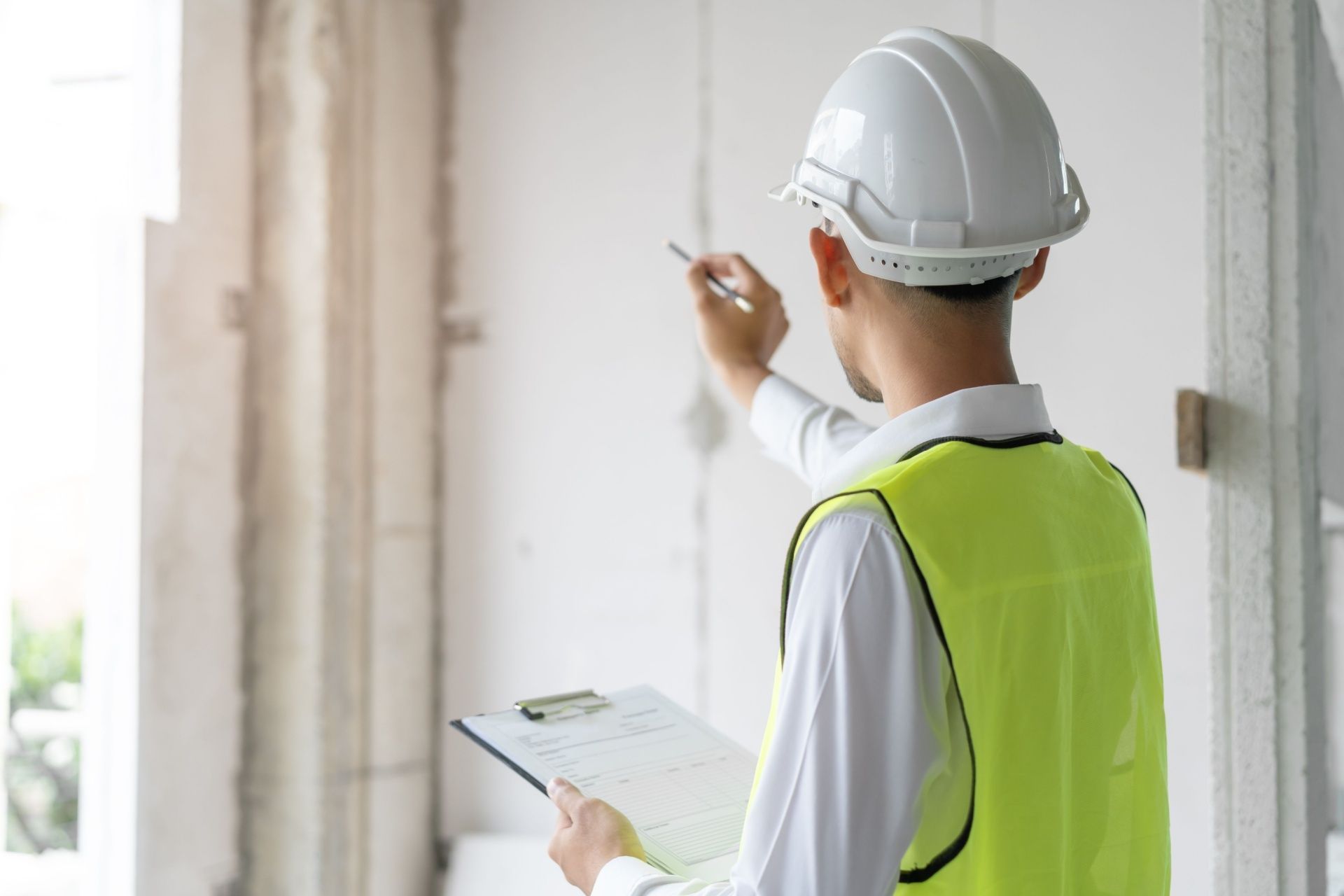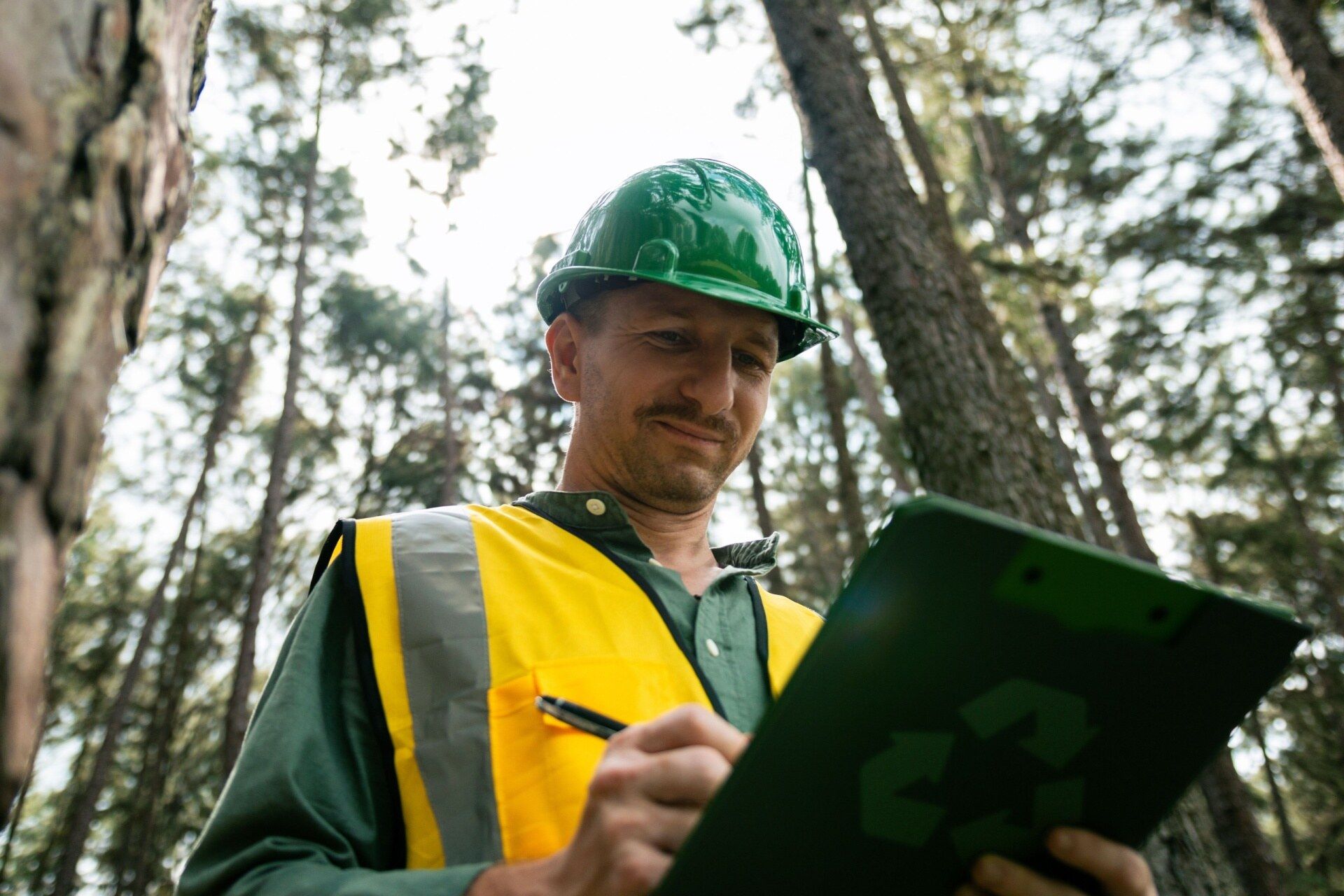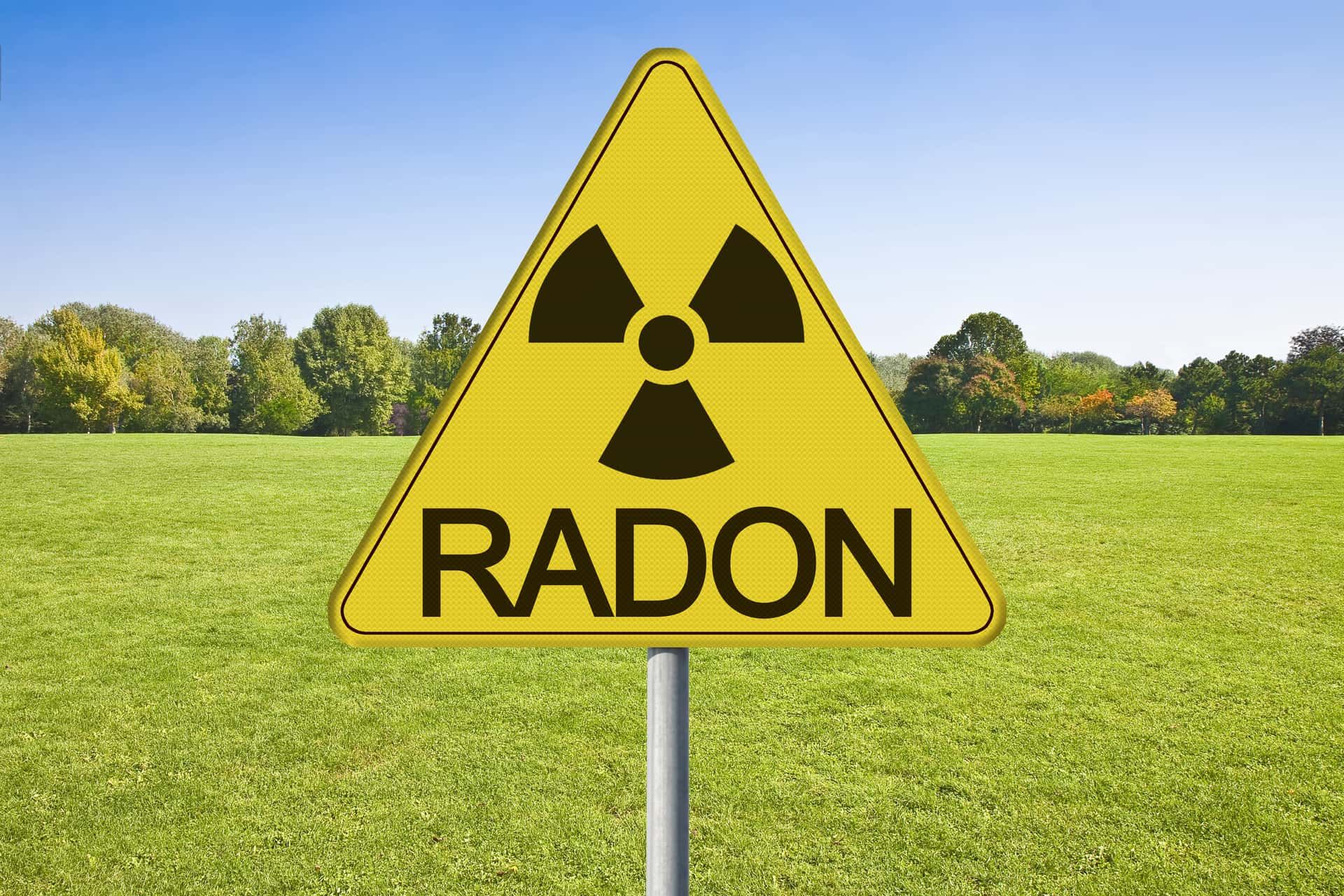How Do Home Inspectors Test for Mold? A Guide for Homeowners
Did you know that nearly 70% of homes have some form of mold? According to the Environmental Protection Agency (EPA), mold is a common household problem that often goes unnoticed until it becomes serious. Mold can cause health problems and damage your home — and that’s why mold testing is a key part of a home inspection.
In this blog post, we’ll explain how home inspectors test for mold, what the mold inspection process looks like, and how a mold inspector helps keep your home safe. Whether you're buying a new house, selling one, or just want peace of mind, this guide is for you.
Why Mold Testing Is Important
Mold isn’t just ugly; it can also be dangerous. Mold spores can cause:
- Breathing problems.
- Allergies.
- Skin irritation.
- Headaches.
- Fatigue.
It’s especially risky for babies, older adults, and people with asthma or weakened immune systems. That’s why it’s so important to hire a certified mold inspector who can detect the presence of mold before it becomes a big problem.
When Should You Get a Mold Inspection?
You should consider mold testing if:
- You smell a musty or earthy odor.
- You see black, green, or white spots on walls or ceilings.
- You’ve had a leak, flood, or water damage recently.
- You or your family have ongoing allergy symptoms.
- You’re buying or selling a home.
Even if you can’t see mold, it might still be hiding in walls, under floors, or in air ducts.
What Does a Mold Inspector Do?
A mold inspector is trained to detect and test for mold in homes or buildings. These professionals understand how mold grows and where to look. Their job is to perform a mold inspection process that includes:
- A full visual check of the home.
- Use of special tools to find moisture.
- Collection of air and surface samples.
- Lab testing to confirm mold type and level.
Now, let’s break this process down step-by-step.
Step-by-Step Mold Inspection Process
Step 1: Visual Inspection
The mold inspector begins with a visual inspection of your home. They check areas where mold usually grows, such as:
- Bathrooms.
- Basements.
- Kitchens.
- Attics.
- Behind appliances.
- Around windows and pipes.
They look for signs of water damage, discoloration, or mildew. Even if mold isn’t visible, the inspector knows the clues to watch for.
Step 2: Moisture Detection
Mold needs moisture to grow. That’s why inspectors use special tools like:
- Moisture meters – measure the amount of moisture in walls or floors
- Infrared cameras – detect cold, damp spots that may indicate leaks
- Humidity sensors – show if the air inside your home is too humid
If the inspector finds excess moisture, there’s a good chance mold is growing nearby.
Step 3: Air Sampling
Air samples are taken to check for invisible mold spores. The inspector uses a pump to collect air in different rooms. These samples are then sent to a lab for testing.
Why is this important? Because mold spores travel through the air, and even if you can’t see mold, it might be affecting the air quality inside your home.
Step 4: Surface Sampling
If mold is visible, the inspector may also take surface samples using:
- Swabs.
- Tape lifts.
- Bulk samples (like a piece of drywall).
These samples also go to a lab to figure out what type of mold is present. This helps determine whether it’s a harmless type or one that could be dangerous, like black mold (Stachybotrys chartarum).
Step 5: Lab Testing
All samples are sent to an accredited lab for analysis. Results usually come back in 2–3 days and include:
- The types of mold found.
- The level of mold spores.
- Whether it’s harmful to health.
- Recommendations for cleanup or further action.
The inspector will go over the report with you and explain the findings in simple terms.
What Happens After the Inspection?
If mold is found, your inspector will recommend what to do next. Options may include:
- Professional mold removal by a certified remediation company.
- Fixing leaks or ventilation issues to stop mold from growing again.
- Follow-up testing to make sure the mold is completely gone.
The inspector might also provide a clearance letter once the mold has been removed, which can be useful during home sales.
How Much Does Mold Testing Cost?
Prices for mold testing vary based on the size of your home and how many samples are needed.
While it might seem like a big cost, early detection can save you thousands in mold damage and protect your family’s health.
Can You Test for Mold Yourself?
There are DIY mold test kits available, but they often give inaccurate results. They can tell you that mold exists, but not the type, level, or risk. Only a certified mold inspector can give you reliable, trustworthy results that meet professional standards.
If you're concerned about mold, it's always better to trust an expert.
How to Choose the Right Mold Inspector
Here are tips to make sure you hire a qualified inspector:
- Look for certifications from organizations like InterNACHI or ASHI.
- Ask for references or reviews.
- Make sure they use a certified lab for testing.
- Check that they don’t offer mold removal (to avoid conflict of interest).
Protec Inspections, for example, is proud to offer certified, unbiased mold testing services trusted by homeowners in Virginia, Maryland, Pennsylvania, and Washington D.C.
Final Thoughts
Mold can be a hidden danger in your home, but the good news is that it can be found and stopped early. With a professional mold inspection process, you’ll get clear answers about your home’s air quality and peace of mind for your family.
Whether you’re buying a house, selling, or just doing a yearly checkup, a mold inspector can help keep your home safe and healthy.
Think you might have mold? Schedule a professional mold inspection with
Protec Inspections today and protect your home the smart way.
Disclaimer: The information on this website and blog is for general informational purposes only and is not professional advice. We make no guarantees of accuracy or completeness. We disclaim all liability for errors, omissions, or reliance on this content. Always consult a qualified professional for specific guidance.
